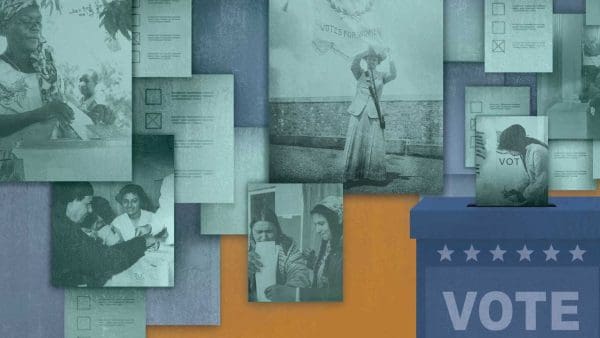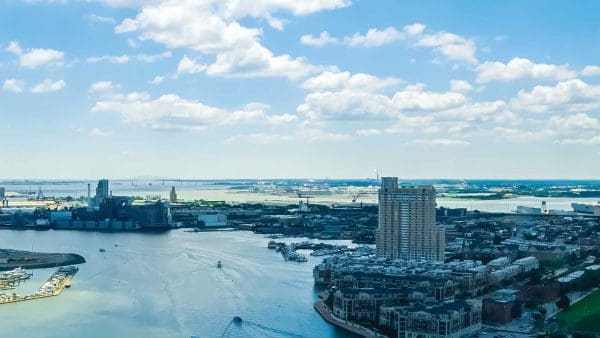Location, location, location—the popular adage implies a property’s geographical site is the most important consideration in determining its value. Generally, people want to live in neighborhoods that are first and foremost, safe and clean. In Jim Crow-era America, however, the norm was to add the word “segregated” to that list of desirables.
Now Nathan Connolly, assistant professor in the Krieger School’s Department of History, is setting out to show that a complex black “property rights movement” was under way in America’s Southern states during the early- to-mid-20th century. He has a book forthcoming from the University of Chicago Press called A World More Concrete: Real Estate and the Remaking of Jim Crow South Florida.
“Understanding American history requires understanding Americans’ economic dependence on segregation,” posits Connolly. “Property owners throughout the 20th century learned to govern American cities through and profit from racial segregation.” He says that the site of his case study, South Florida, and Miami in particular, had a perfect storm of booming real estate development, an influx of immigrants, and a relatively new position as a tourist destination, all facilitated through the enforcement of Jim Crow segregation. And people were making money—mostly whites but also some blacks, who themselves hoped that property ownership could lead them to the middle class.
By design, the real estate markets of the post-World War II period became more racially segregated, thanks to official and unofficial rules about who could live where. That setup fed a network of hungry rental property owners. These so-called slumlords were able to keep state regulators at bay, ignore property upkeep, inflate rental costs, and they even received federal support for massive housing projects. They expanded their power—and wallets—in black neighborhoods and beyond.
“By the mid-20th century, Miami slumlords were making about 27 percent annual yield on their returns,” says Connolly. “That compares to today’s annual yields in the rental market of between 4 and 6 percent.” Blacks were pouring money into monthly rents as their chances of home ownership faded.
Connolly says some people bristle when he points out that whites weren’t the only slumlords. “Some African American leaders—even some black civil rights leaders—owned slum properties. Of course it’s illogical to think that segregation and poverty can be conquered by investing in it.”
In the 1960s, with the civil rights movement gaining momentum, low-income blacks started speaking out against the evident paternalism between landlords and tenants. Those protests ultimately resulted in a controlled dispersal of the poor and, Connolly argues, “the institution of racial segregation without Jim Crow.” Near the end of the 1960s, as blacks gained greater civil rights, the stronghold that slum landlords had on Miami began to crumble, and pockets of urban renewal started to crop up. Using eminent domain as a tool, however, the state approved huge land projects such as highways, ultimately taking over private property, displacing more than 12,000 people, and destroying black business districts.
Although law no longer dictates racial segregation, Connolly says dilapidated properties owned by slum landlords still dot the nation’s inner cities, added to the many suburbs that, through speculation, have become run-down; the recent predatory lending crisis has resulted in more people losing property.
“I don’t know if I’m optimistic,” admits Connolly. “It will take a concerted effort on the part of private investors, developers, and governments to invest in mixed use, viable communities. We’ve got to reimagine geography in a sense, and that takes a lot of work.




